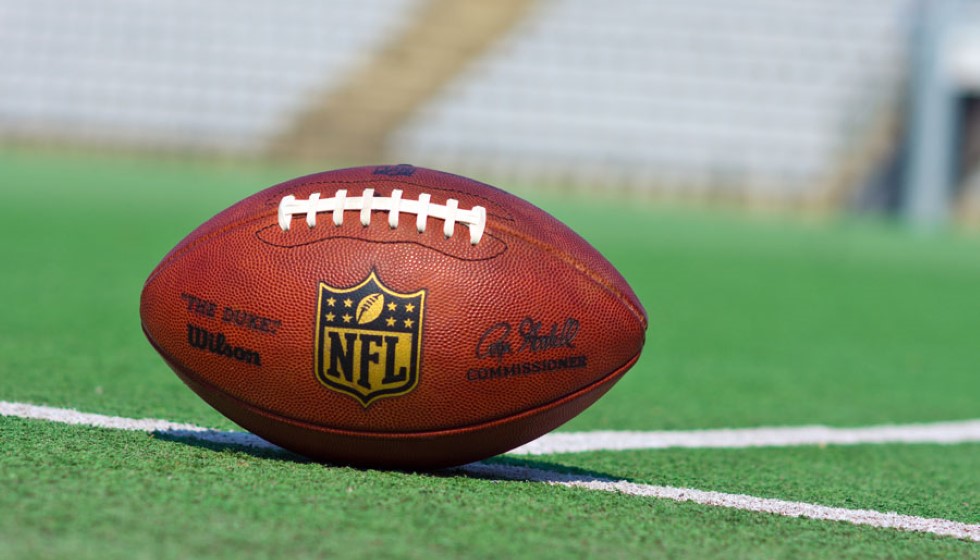
NFL's Apparel Landscape: An Impending Shift
The National Football League (NFL), a powerhouse in the world of sports, is on the brink of a significant transition in its apparel landscape. Nike, the iconic sportswear brand, has held the reins as the league's official uniform manufacturer since 2012, following the tenure of Reebok. This partnership is slated to conclude in 2027, setting the stage for a pivotal bidding process that has officially commenced, promising to shape the future of the league's aesthetic and branding.
Since its inception, Nike's collaboration with the NFL has not only defined player aesthetics but has also been an integral part of the league's commercial strategy. The NFL's decision-making process regarding apparel is not merely about clothing; it carries substantial implications for business strategy, sports culture, and fan engagement. As the bidding process is described as "open and active," the anticipation surrounding which brand will secure the coveted contract is palpable.
For over a decade, Nike's signature swoosh has been a familiar sight on the field, a change that came after they took over from Reebok in 2012. Before this league-wide standardization, individual NFL teams forged their apparel deals with a diverse array of brands such as Adidas, Logo, Puma, Reebok, and Starter. This scattered approach allowed for team-specific styles but lacked the cohesive branding strategy that the league currently enjoys with Nike.
One of the key features of Nike's current contract is the integration of up to three distinct helmet styles, offering teams creative flexibility while maintaining uniformity in branding. This element underscores how the uniform partnership goes beyond jerseys and pants, considering the entirety of the players' attire as part of the team’s identity and fan connection.
The significance of NFL apparel deals extends beyond the field, representing a fusion of athletic performance and fashion sensibility. Uniforms are an extension of team identity; they resonate with fans and contribute to the league's global marketing efforts. Thus, the upcoming decisions will ripple through the business strategies of sports manufacturers, potentially altering the landscape for years to come.
Teams Embrace Change
Recent uniform redesigns, like those undertaken by the Denver Broncos and Houston Texans, highlight the dynamic nature of the league’s visual identity. These initiatives reflect an ongoing evolution influenced by trends, fan input, and the pursuit of a modern aesthetic that aligns with team values and history.
NFL teams take these redesigns seriously, engaging in extensive research and collaboration with manufacturers to achieve the perfect blend of tradition and innovation. As teams prepare to potentially transition to new manufacturers post-2027, there's a tangible sense of expectation about what changes might come and how they will enhance team stories and engagement with fans.
The Stakes of Transition
As the NFL embarks on this new chapter for its apparel partnership, the stakes are undoubtedly high. The outcome of the current bidding process will not only dictate the visual landscape of the NFL but also reflect the broader market dynamics of sports apparel. The eventual partner will have the formidable task of crafting uniforms that are technologically advanced and stylish, catering to the league's rigorous demands and the passionate expectations of its fanbase.
The decision reaches beyond mere aesthetics; it influences merchandise sales, brand loyalty, and even the league's reputation. The NFL's choice will serve as a bellwether not just in football but across the sports industry as a whole, setting standards and expectations for future partnerships.
In conclusion, the potential shift in the NFL’s uniform deal is a narrative rich with opportunity and challenges. As the league and its followers await the resolution of the bidding process, there is an assured continuity of the deep-rooted traditions of the sport, seamlessly woven with the contemporary drive for innovation, ensuring that the NFL remains not just at the forefront of sporting excellence but also at the cutting edge of athletic design.